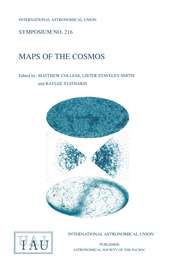No CrossRef data available.
Article contents
Non-Conservative Mass Exchange and Origin of X-Ray Close Binaries
Published online by Cambridge University Press: 14 August 2015
Extract
Recently, masses of component stars have been determined for many X-ray close binaries (XCBS). For relatively well determined sources the masses of X-ray components are plotted against the masses of their optical components in Figure 1 and their orbital periods are summarized in Table 1 (Cowley 1977; Bradt, Doxsey, and Jernigan 1979; Wheeler 1978; and references quoted therein). Cowley (1977) prepared a table and noticed that there are two distinct types of XCBS. The Type I XCBS consists of an X-ray star and an early type star more massive than about 12 M⊙. On the contrary, the Type II XCBS consists of an X-ray star and a star less massive than about 2 M⊙. As seen in Figure 1, there is not any distinct intermediate type for which the mass of the optical component lies in the range of about 2-12 M⊙. The aim of the present paper lies in interpreting the origin of these types of XCBS on the bases of the conditions for the formation of a neutron star and of mass exchange in close binary systems.
- Type
- VI. X-Ray Binaries
- Information
- Copyright
- Copyright © Reidel 1980


